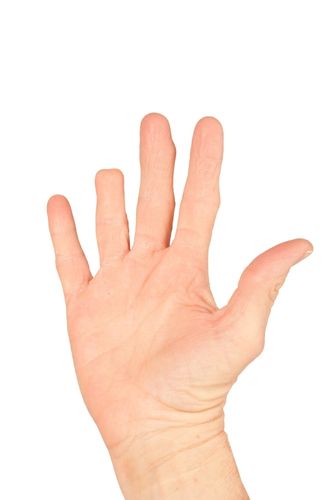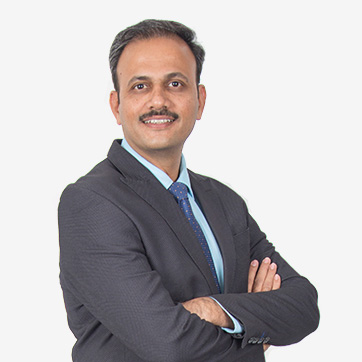
Losing a finger or toe can be extremely upsetting. A replantation surgery by Dr. Nilesh Satbhai can restore it, improving the appearance and function.
Replantation of digits is a surgical procedure to reattach fingers or toes that have been cut off (amputated). Replantation of an amputated part is usually performed within 4-6 hours after injury. The success rate has been reported up to 24 hours after the injury if the amputated part has been cooled.
The goal of replantation surgery is to reattach and restore function to as much of the injured part as possible. With the help of microsurgical techniques, replantation has become more common and can be performed with success both aesthetically or cosmetically, and functionally.
Replantation of amputated parts is performed in amputated fingers, ears, forearms, hands, feet, avulsed scalp injuries, amputated lips, an amputated face, amputated penis, and even an amputated tongue.
Replantation is often performed for:
Replantation is done to restore musculoskeletal and neurovascular integrity and to maintain function for aesthetic as well as cosmetic purposes.
The following are the indications for replantation:
Contraindications to replantation include:
Book an appointment with Dr. Nilesh Satbhai to find out if you are the right candidate for reimplantation surgery.
Request AppointmentDuring the replantation surgery consultation, Dr. Nilesh Satbhai will assess your injury. Dr. Nilesh will also ask about your medical history and conduct a physical examination. This is to confirm your wellness for the surgery. Dr. Nilesh will also go over the replantation process, including potential hazards and benefits.
Replantation surgery is done the following way:
The general success rate of limb replantation is about 83.3%. The type of injury plays an important role in determining the outcome of the treatment. For example, guillotine amputations (amputation performed without closure of skin) have a finer prognosis than crush amputations.
Factors that play an important role in outcomes are:
Additional surgeries that are needed post replantation may include:
Tenolysis: To remove adhesions that are caused by scar tissue
Capsulotomy: To release stiff or locked joints
Tendon or muscle transfer: Relocating a functioning tendon or muscle
Nerve grafting: Replacement of a scarred or damaged nerve with a section of a healthy nerve (removing the healthy nerve from another part of the body)
Late amputation: Removal of the body part afterward due to severe pain and non-functionality.
As per the ACSC (American College of Surgeons Committee), vascular injuries should be treated within 6 hours of the injury to increase the success rate of replantation.
The maximum time for a better outcome of replantation depends on two factors:
Body part involved: Parts that do not involve major muscle groups like fingers should be replanted within 12 hours (i.e., maximum ischemic time tolerated), whereas parts that involve major muscle groups like the legs or arms should be replanted within 6 to 8 hours for favorable limb salvage.
Ischemic time: Surgery is not performed if the warm ischemia time is beyond 6 hours and the cold ischemia time is beyond 12 hours.
Warm ischemia time refers to the time a tissue or a part of your body remains at normal body temperature after the blood supply is minimized or cut off but before it is cooled down or is connected again to a blood supply.
Cold ischemia time usually means the time between the chilling of your body part or tissue after its blood supply is minimized or cut off and the time it is warmed again by restoring its blood supply.
The cost of replantation surgery in Mumbai will depend on various factors, such as the type of the severity of the condition and the procedures involved. During your consultation, Dr. Nilesh Satbhai will guide you with a thorough cost estimate for your replantation surgery.
Request AppointmentFor most patients, it takes almost 6-12 months for the replanted body part to heal properly with the help of physical and rehabilitation therapy. Improper care can cause complications such as infection or inflammation, significant loss of blood, venous or arterial thrombosis, restricted range of motion, and muscle stiffness affecting mobility and flexibility. If any of these complications occur, Dr. Nilesh Satbhai will take the necessary steps to treat the problem effectively.

MBBS, MS, MCh
